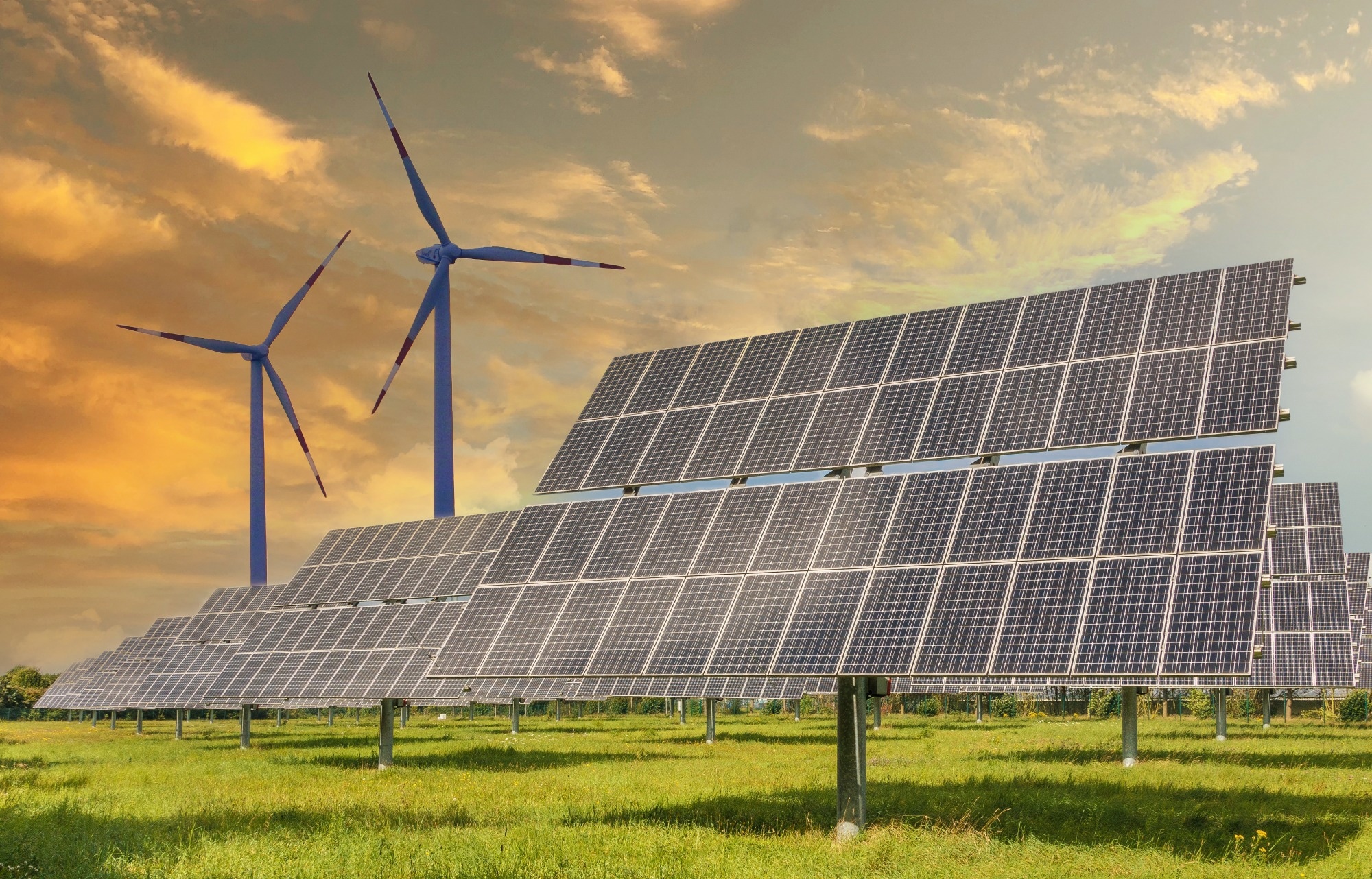Reviewed by Mila PereraSep 15 2022
Globally, governments and communities have to deal with the growing urgency in tackling climate change by fast-tracking the shift to a low-carbon energy platform. However, opposing views continue on the ideal combination of energy technologies that will accomplish this goal.

Image Credit: Shutterstock.com/Mr. Kosal
Finding technological pathways is made complicated by numerous technological and economic uncertainties.
Mort Webster and a group Penn State University (PSU) scientists have created a model to help reframe the energy transition deliberations. Their model illustrates the value of versatile investment strategies and that several pathways are required to match the emissions reduction goals stipulated in the Paris Agreement.
Webster expects their findings to force a reevaluation of policy recommendations from research literature calling to accept narrow assumptions that benefit or restrict specific technologies while advancing very specific portfolio proposals.
Details of the research have been published in Environmental Science & Technology.
There’s a lot of great analyses and simulations out there, but many say ‘this is the path’ and draw a perfectly predictable line heading straight to the year 2050. However, two years ago natural gas was $3 a gallon, and this summer it went up to $9 in California. Nobody saw that coming. How can we predict costs or how much fuel we’ll be using in 2049?
Mort Webster, Professor, Energy Engineering, in College of Earth and Mineral Sciences, Penn State University
Webster observed that designing models with targeted directives and specific proposals are well-intentioned, but the unwillingness to tackle uncertainty restricts their practicality. On the other hand, Webster sees value in retaining options and even delaying a few decisions, which follows a well-proven decision science theory referred to as option value.
Webster sees benefits in separating the planning models into two individual investment strategies, long-term and near-term, as a more favorable way to steer the challenge of retiring current electricity-producing capacity for new technologies. The flexibility obtained from knowing that we are more sure of near-term conditions than those several years away helps prevent the selective method found in most industrial and academic literature.
The team’s suggestion does have some challenges. Several long-term and near-term strategies give contradictory recommendations due to the massive amounts of time, capital investment, and infrastructure certain technologies necessitate. For Webster though, this underscores the significance of expanding the technology portfolio with an emphasis on adaptability.
We don't need to do everything today, that we need to do 30 years from now. Let's do some things now and give ourselves the ability to change our mind depending on how things evolve before we make the rest of the investments.
Mort Webster, Professor, Energy Engineering, in College of Earth and Mineral Sciences, Penn State University
The PSU team tested their suggestion by simulating their model with 2,000 diverse scenarios of future circumstances to recognize the ideal technology pathways that reduced the average total costs covering all futures. New construction, operations and maintenance, and variable fuel and non-fuel production costs were calculated as expenses. To ensure viability, penalties for outstanding electricity demand were also added.
The case study differentiated investment options in energy technologies, such as natural gas, nuclear, wind, solar, coal, and geothermal, with and without carbon capture. The examination revealed a small number of portfolio categories that included solar, wind, and natural gas with carbon capture, functioned well for multiple potential futures. At the same time, other combinations were not competitive in any future.
The result did not astonish the researchers. The examination - which considers option value, uncertainty, and technology groups that function well when combined - established the narrow usefulness of statements that a specific technology can or cannot add to a low-carbon future or that a pledge should be made to one particular long-term portfolio.
The models also indicated that near-term policies must concentrate on investments covering the next ten years that progress toward decarbonization pledges without foreclosing options for extra future investments.
Webster, a faculty member in the John and Willie Leone Family Department of Energy and Mineral Engineering, stated that the results adhere to the collective method of the department and college.
In our department, we take a systems-wide approach and are always looking across multiple disciplines and resources. We are scientists and engineers who work on petroleum, on coal, on solar, or energy storage, but rather than promoting a particular energy source or technology, we see we can all collectively be a part of the solution to this complex challenge.
Mort Webster, Professor, Energy Engineering, in College of Earth and Mineral Sciences, Penn State University
Webster feels that reframing the deliberations will help decision-makers avoid scenario-based plans that frequently result in unclear near-term plans or nervous actions.
“If we want to reach a cumulative emissions reduction of 80% by 2050, we must embrace uncertainty and make strategic steps now that are flexible so that we can pivot to whichever way the future takes us,” concludes Webster.
Journal Reference
Webster, M., et al. (2022) Transition to Low-Carbon Electric Power: Portfolios, Flexibility, and Option Value. Environmental Science & Technology. doi.org/10.1021/acs.est.1c08797.